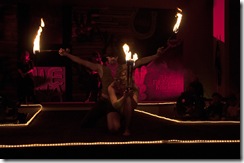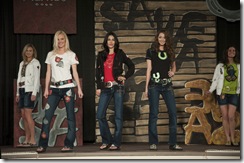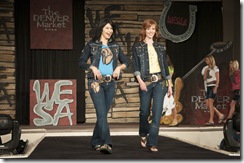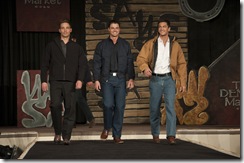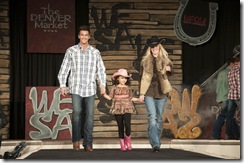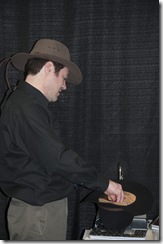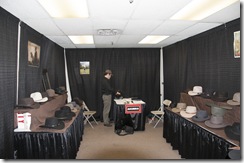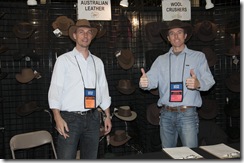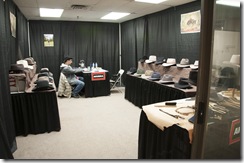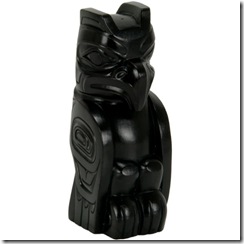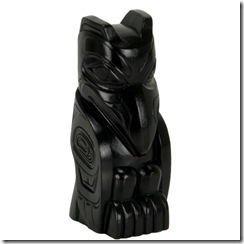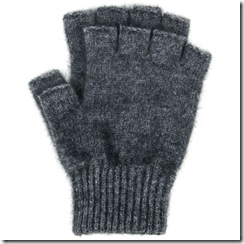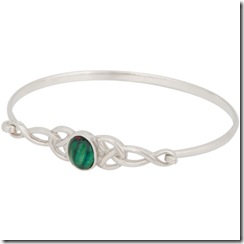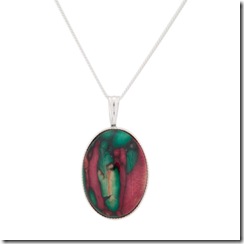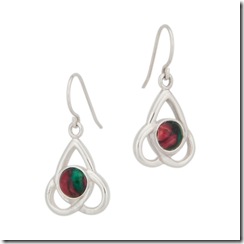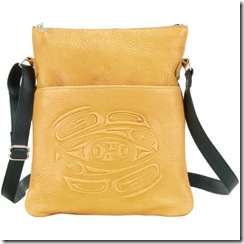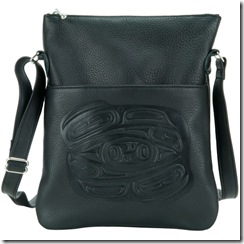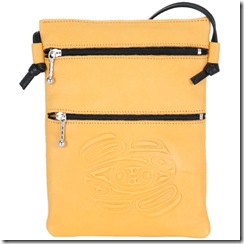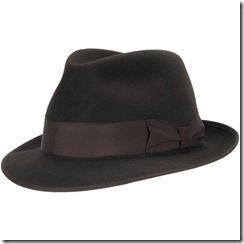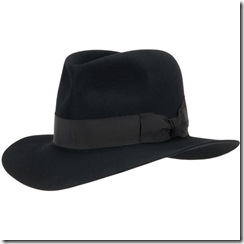David Morgan is attending the January WESA (Western and English Sales Association) convention in Denver, CO. The Denver WESA Market is the premier trade show for the western industry. For 90 years, WESA has brought together retailers and exhibitors in a friendly, down-home environment.
Join us if you happen to be at the show!
One friend that we’ve made from our years at WESA is Tom Mosher. Tom is a writer of western poetry. His latest poem includes Akubra hats, so we thought we’d post it. Enjoy!
THE TRUE MEASURE
“Of a cowboys treasure”
HIS BOOTS WERE COMFORTABLY OLD
WHY THEY’D TWICE BEEN RESOLED
THEY WERE SPECIAL MADE FROM DOWN TUCSON WAY
HE ALWAYS WENT FOR QUALITY, HE WOULD SAY
THERE WERE SEVERAL FINE HATS, HUNG ON HIS RACK
HIS FAVORITE CAME FROM AUSTRALIA, A AKUBRA – KIANDRA IN BLACK
THAT OLD HAT SHOWED YEARS OF USE
NOTHING HE OWNED SHOWED ABUSE
NOW THIS COWBOY HAD MORE TO TREASURE
TWO WELL WORN SADDLES, THAT GAVE HIM PLEASURE
AND THERE WAS A LOADED FORD PICK-EM UP TRUCK
TWAS NICE TO HAVE A RIDE THAT DIDN’T BUCK
BUT OF ALL THOSE WORLDY TREASURES
THERES ONLY TWO THAT TRULY MEASURES
HIS RED-HEADED LADY AND A STRAWBERRY ROAN
FOR WITH OUT THEM, HE WOULD TRULY BE ALONE


